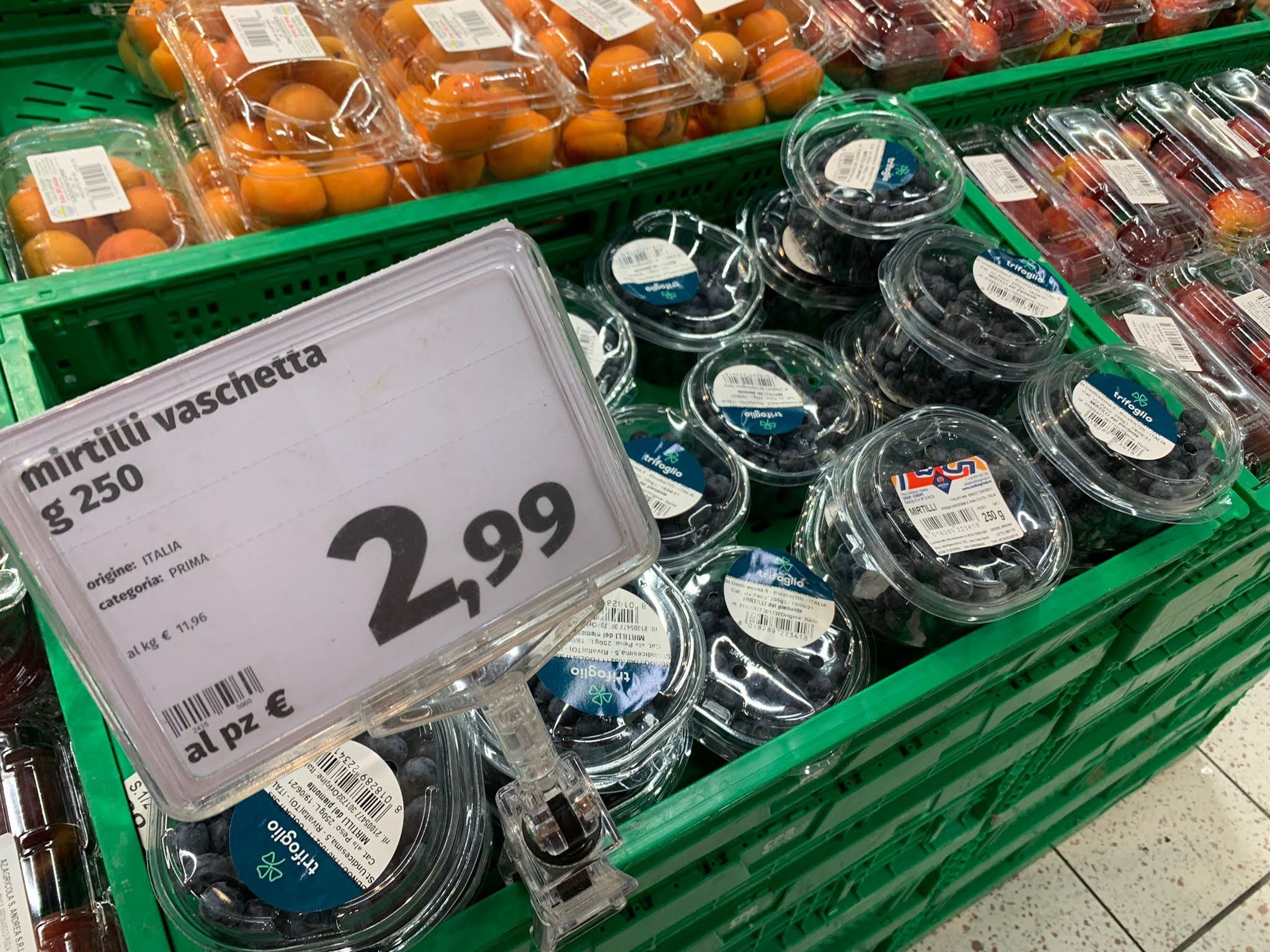"To avoid any kind of risk, it is necessary to have a controlled gas concentration very close to blueberries, and that is what we are looking for with this system."
The blueberry industry has undergone rapid and explosive development with the emergence of new players, then the increase in the supply of fruit and theopening up of new (and more distant) markets, forcing the destination to be reached with a quality product to support increasingly extensive transits.
Lack of hardness (47%), dehydration (22%), the presence of fungus (18%) and peeling (13%), are the main problems that plague blueberries when arriving at markets in distant destinations.

The blueberry industry has been fighting against these problems for years by developing better management, searching for new varieties with better genetics and applying ever-improving technology in all areas of agricultural production.
TECHNOLOGICAL SOLUTION
To try to mitigate the problems presented by Latin American fresh fruit - which has to travel long distances to be better marketed and remain in good condition for several weeks after harvest - the company Quimas has developed SmartPac technology.
It is packaging that protects and prolongs the life of blueberries. The company is launching three derivative products: "Pallet Bags", "Modified Atmosphere Bags" and "Ventilated Bags", all with SO2 emissions.
"These solutions have proven to be efficient in operational terms and very cost-effective in terms of manufacturer performance," says Sebastián Cáceres, head of development at Quimas.
FILM FOR PALLETS
"Lámina Pallet" is a product designed and developed for those producers who ship their fruit in bulk, which generates minimal impact in the time before refrigeration. "This 1.00 x 1.20 m sulphur dioxide sheet is placed on each of the tray levels, before entering the cooling tunnels, without affecting the forced air flow during this process. Then, before the fruit is loaded into the container, a cover is applied to it," explains Cáceres, adding that it has a strong impact, preventing fruit dehydration and reducing the risk of fungus.

"Coating the pallet externally with SO2 source is not very efficient, especially when you expect to reach the fruit in the middle of the pallet. To avoid any kind of risk, you have to have a controlled concentration of gas very close to the fruit and that's what we are looking for with this system," he points out.
MODIFIED ATMOSPHERE BAG
In the case of 'modified atmosphere bags', with SO2 emission from the plastic matrix, the idea is that the higher the relative humidity generated inside the pack, the less dehydration and the less weight loss. On the other hand, the greater the consistency, the greater the turgidity and the greater the crispness of blueberry, applying this technology.
"The experience of eating a blueberry that has travelled and stayed for many days in a modified atmosphere bag is very good," Cáceres points out.

Manufacturers of blueberries around the world have had to adapt to the needs and demands of buyers and end consumers. "The importer prefers the product to arrive in this type of bag and pays more," says Nicolás Vidal, commercial director of Quimas, adding, "Now, each company will have a greater or lesser capacity to produce a volume of fruit in modified atmosphere bags, depending on its logistics, fruit quality and refrigeration infrastructure."
BAGS FOR VENTILATED ATMOSPHERE
For those companies where modified atmosphere bags are not a solution, either because of a logistical problem, cold capacity, infrastructure or simply a problem of preference, Quimas has designed a 'ventilated bag', where we still try to keep the fruit in the best possible condition and for the longest possible transfer time.
"Modified atmosphere is a great solution because it avoids the two problems of post-harvest fruit spoilage, but exporters also know that there are associated risks. And ventilated bags are an effective solution for what agro-exporters are looking for," says Vidal.
Throughout this process, Quimas does not leave customers alone, advising them at all times. "With the technical managers of the agro-exporters, we are generating a dialogue to offer a solution that meets the needs of each customer and is then commercially validated," concludes Vidal.









